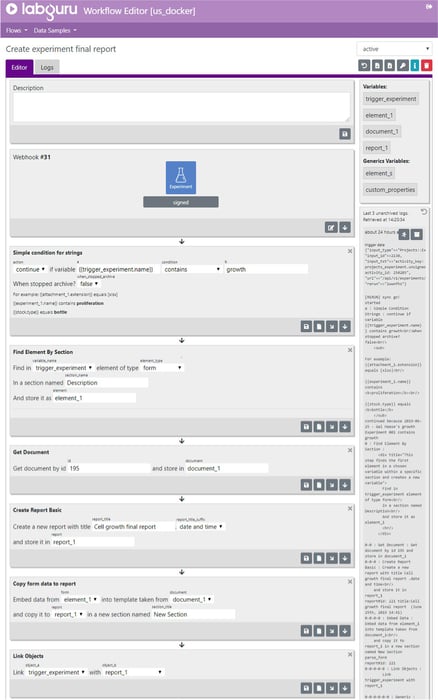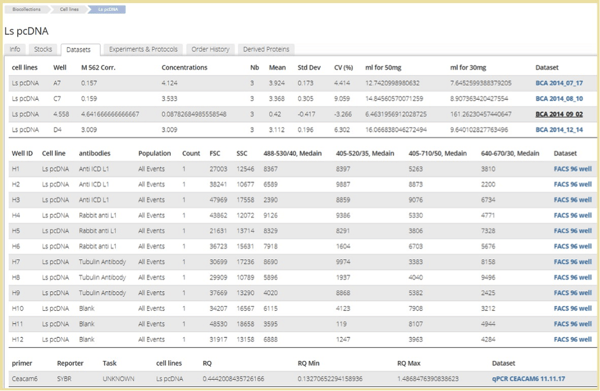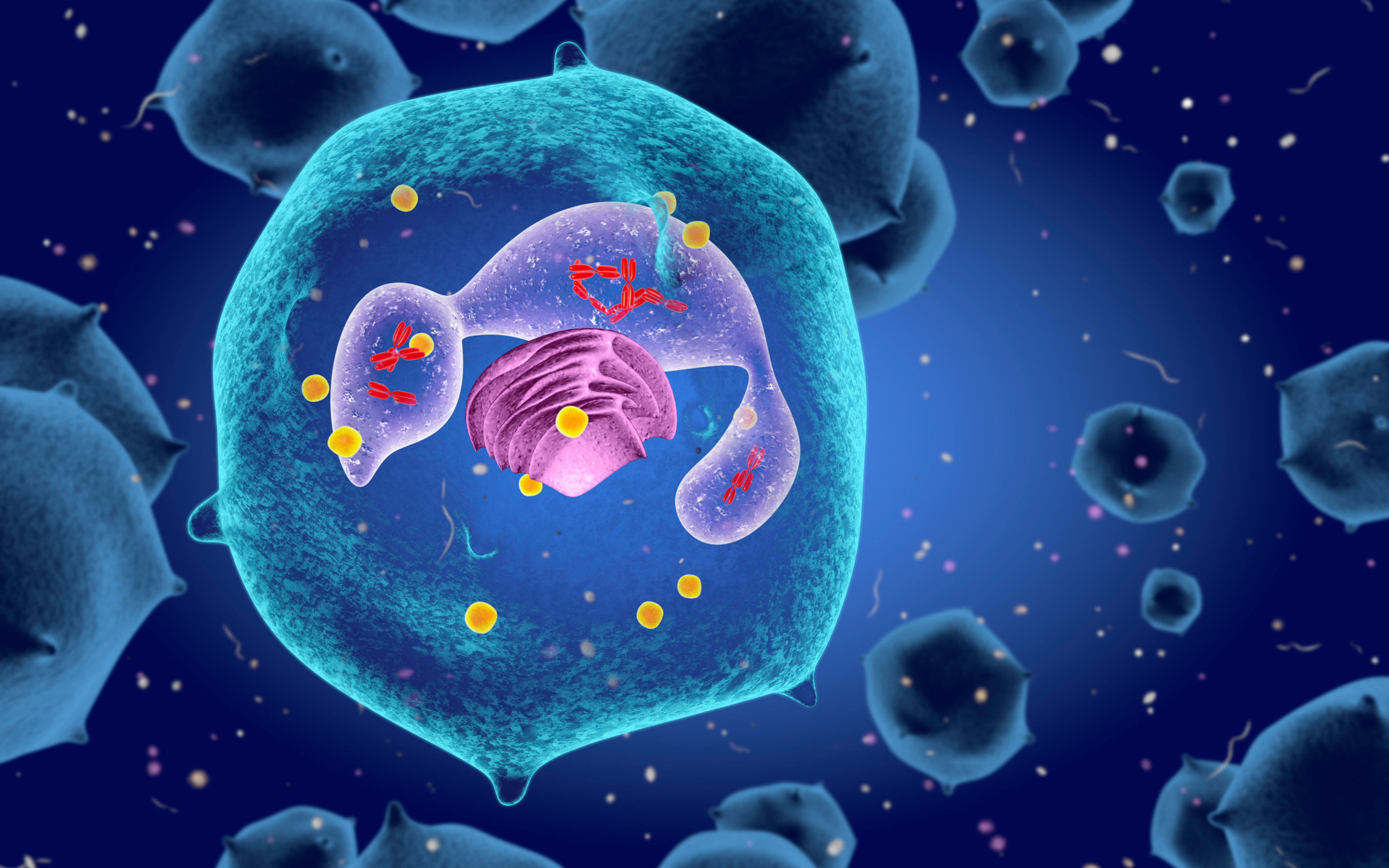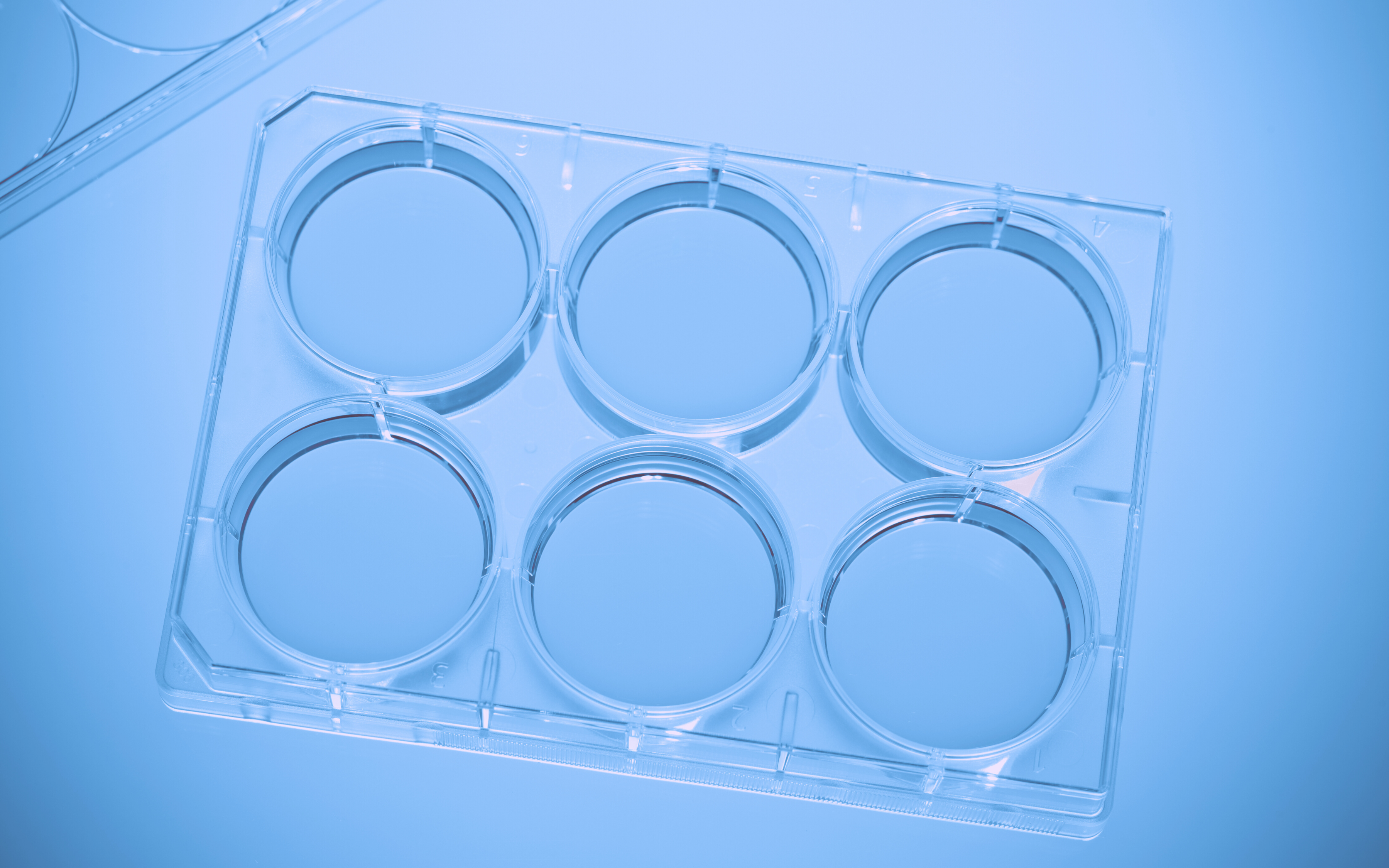The beginning of a year is a great time to reflect on what we did in the past year and how would we like to improve our lab work in the year to come. We gathered some ideas you might want to integrate and take your lab one step further in the ability to document, share and analyze your data:
Automation– Doing science can be very interesting and satisfying. With that said, scientific work also consists of tedious and mundane tasks that take lots of time. It is recommended to take the time to create automated processes that will cut the time-consuming tasks and also reduce the risk of human errors:
Creating workflows with Labguru Workflow Editor will allow you to design steps that will happen seamlessly and as a reaction to an activity done by lab members or a routine process that you would like to perform in some kind of a time interval. It can also help with data analysis, for example, calculations can be integrated as workflows, allowing you to automate analysis done on experimental data gathered in the lab within Labguru.
Another example is using API (an application program Interface) which is a set of routines and tools for interfacing with software applications. With API, you can automatically build, deploy and scale various actions that regularly require manual mundane work. Using API also enables you to integrate various systems without the need to go into software development of each system.

Labguru Workflow Editor
Communicate better with your team – Using an ELN to communicate with your group members enables you to keep your communication within context and linked to the experiment and can provide better data exchange between the researchers and bioinformaticians. Connecting your interactions with the relevant data will solve you lots of time in the future trying to locate the emails sent about a specific experiment.
In Labguru there are several ways to keep all the relevant lab members informed about the latest developments in the project, such as writing inline comments in an experiment or a protocol’s page, posting comments in discussion sections and also create tasks and assign them to other group members.
Inventory- Managing lab inventory effectively can be significant in reducing substantial costs and saving time, enabling you to run your lab efficiently and increase productivity. Using Labgurus' inventory management system you can easily keep track of everything in one place, manage your stock levels and new orders, create stock alerts, and easily share inventory locations with all lab members. In Labguru we also have a labelling system which uses unique barcodes that can be a useful tool for labelling and tracking samples in your laboratory.
Tracing back data with datasets and reports– Many occasions require us to compare results of different experiments, identify patterns across an experiment and integrate data across multiple excel spreadsheets. The ‘Dataset’ feature is a set of experimental results by which you can run an analysis and establish a theory.
In addition, the ‘Report’ feature, provides the ability to compare and analyse experimental data and results across different experiments.

Labguru dataset module
Using barcode systems in your lab – The advantages are clear. Using unique barcodes is a useful tool for labelling and tracking samples in your laboratory. It significantly simplifies the process of tracking the correct samples and types of equipment that are needed to perform experiments. In addition, running inventory with barcodes enables employees to locate samples faster and reach all the relevant information such as price and supplier, in addition to real-time inventory monitoring and updating, all resulting in higher efficiency as it allows better control of inventory purchases. Furthermore, using a barcode system reduces human error, enables reproducibility and facilitates collaboration.
For more information about research laboratory management with Labguru please contact us.
Read more blog posts:



